What Are the Common Side Effects of Teeth Whitening Treatments?
In recent years, teeth whitening treatments have become a popular choice for individuals seeking a brighter and more confident smile. As these procedures have gained traction in the oral health industry, many people are eager to achieve pearly white teeth through various methods such as in-office treatments, take-home kits, and over-the-counter products. However, patients often experience a range of side effects throughout their whitening journey. Understanding these potential side effects is important for anyone considering teeth whitening, as it can help them make informed decisions about their oral health. In this article, we'll delve into the most common side effects of teeth whitening treatments and discuss ways to mitigate them effectively.
Increased Tooth Sensitivity: An Overview
One of the most prevalent side effects of teeth whitening is increased tooth sensitivity. This condition occurs when the whitening agents penetrate the enamel and irritate the nerve of the tooth, leading to discomfort or pain when consuming hot, cold, or sugary foods and drinks. According to the American Dental Association, a significant number of patients report some form of sensitivity post-treatment. While the discomfort is usually temporary, lasting from a few days to a couple of weeks, it can be quite distressing for some individuals. To manage this sensitivity, dentists often recommend using toothpaste designed for sensitive teeth, avoiding extreme temperatures in food and beverages, and following a dentist's specific post-care instructions.
Gum Irritation and Tissue Damage
Another side effect often encountered in teeth whitening processes is gum irritation. This can occur if the whitening gel comes into contact with the soft tissues of the gums, leading to irritation or burns. In more severe cases, this exposure can even result in tissue damage. A study published in the journal *Dental Health* suggests that improper application, particularly with at-home kits, can increase the risk of gum irritation. To minimize this risk, consumers should follow application instructions precisely and, if possible, consult a dentist for product recommendations and application methods. In-office treatments are generally considered safer options, as they are conducted by professionals who can take precautions to shield gums effectively.
Uneven Whitening and Color Reversion
While the goal of teeth whitening is to achieve an even, bright smile, uneven whitening and color reversion are potential concerns. This can occur when certain areas of the teeth respond differently to the whitening agents, resulting in a blotchy or inconsistent appearance. Factors such as existing dental work like fillings or crowns, which do not whiten, or the natural shade of tooth enamel can contribute to this effect. Additionally, without proper maintenance, the whiteness achieved through treatment may gradually fade over time, particularly if consuming staining foods and beverages like coffee, wine, or tobacco. To address these issues, maintaining regular dental check-ups and possibly undergoing periodic touch-ups are advisable steps.
Potential for Overbleaching
Overbleaching, or "bleachorexia," refers to excessive whitening to the point where the teeth appear unnaturally bright or translucent. This obsessive pursuit of whiter teeth can lead to weakened enamel, increasing the risk of cavities or tooth decay. The *Journal of the American Dental Association* warns against frequent, unsupervised whitening treatments that can damage tooth structure. It is vital for patients to adhere to the recommended frequency and guidelines for whitening treatments. Collaboration with dental professionals is essential to achieve a naturally bright smile while maintaining optimal oral health.
Conclusion: Weighing the Risks and Benefits
Teeth whitening is an effective way to enhance your appearance, but it is crucial to be aware of the accompanying side effects. Increased tooth sensitivity, gum irritation, uneven whitening, and the risk of overbleaching are common issues that patients may face during their whitening journey. At Dentistry Toothtruth, we prioritize patient safety and satisfaction, and we recommend conducting comprehensive research and consulting with a dental professional before proceeding with whitening treatments. By understanding these potential risks and taking appropriate measures, individuals can enjoy the benefits of a brighter smile without compromising their oral health.

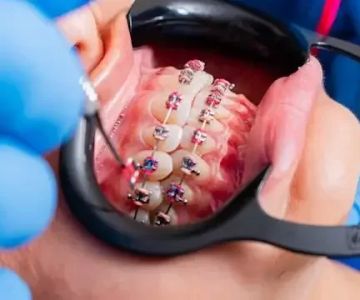
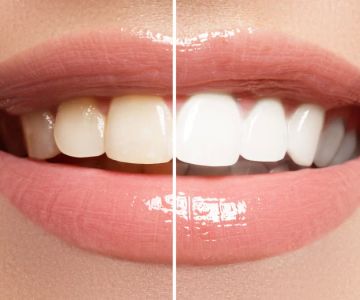
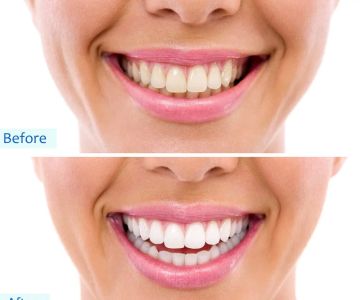
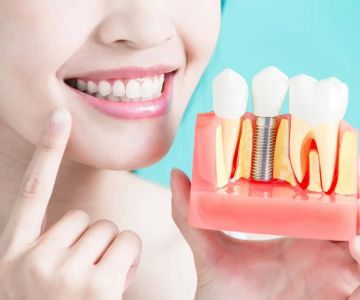
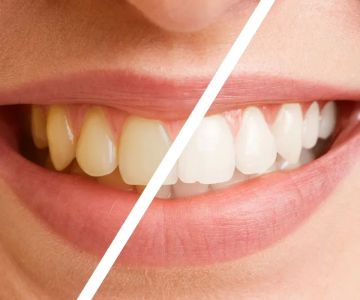

 Kenton Johnson, DDS5.0 (5 review)
Kenton Johnson, DDS5.0 (5 review) Christiana Dental Center4.0 (650 review)
Christiana Dental Center4.0 (650 review) Mele Family Dentistry4.0 (21 review)
Mele Family Dentistry4.0 (21 review) Innovate Dental4.0 (142 review)
Innovate Dental4.0 (142 review) Icon Dental4.0 (120 review)
Icon Dental4.0 (120 review) Aspen Dental - Springfield, MO4.0 (563 review)
Aspen Dental - Springfield, MO4.0 (563 review) The Importance of Oral Health Education During Pregnancy for a Healthy Pregnancy
The Importance of Oral Health Education During Pregnancy for a Healthy Pregnancy Best Tips for Brushing Your Teeth Properly for Healthy Gums: Essential Techniques for Oral Health
Best Tips for Brushing Your Teeth Properly for Healthy Gums: Essential Techniques for Oral Health Why Skipping Dental Checkups Can Lead to Bigger Oral Health Problems
Why Skipping Dental Checkups Can Lead to Bigger Oral Health Problems Advantages of Porcelain Dental Restorations
Advantages of Porcelain Dental Restorations How Can Diabetes Cause Tooth and Gum Problems? Preventing and Managing Oral Health Issues
How Can Diabetes Cause Tooth and Gum Problems? Preventing and Managing Oral Health Issues Healthy Habits for Promoting Good Oral Health and Hygiene: Tips for a Healthy Smile
Healthy Habits for Promoting Good Oral Health and Hygiene: Tips for a Healthy Smile